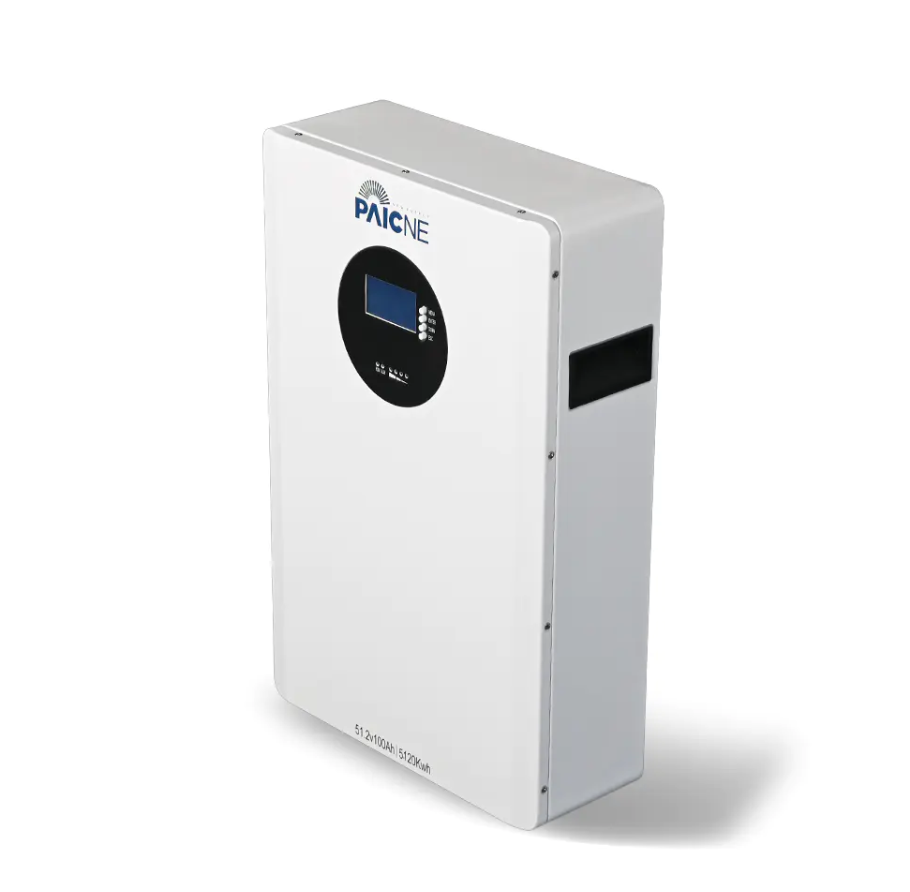The safety performance of a wall mounted battery is a crucial consideration for both residential and commercial users. As these batteries are typically installed in living or working spaces, ensuring their safe operation is vital to prevent accidents such as electrical faults, overheating, or fire hazards. Manufacturers of wall-mounted batteries implement a variety of safety features and design strategies to guarantee that the battery operates reliably under various conditions while minimizing potential risks.
One of the primary ways safety is assured is through the use of high-quality battery cells that comply with international safety standards. These cells undergo rigorous testing to confirm their ability to withstand mechanical stress, temperature extremes, and electrical irregularities. Additionally, wall mounted battery systems incorporate advanced battery management systems (BMS) that monitor cell voltage, temperature, and current flow in real time. The BMS plays a critical role in detecting abnormalities such as overcharging, over-discharging, or overheating, and can automatically shut down or limit the battery’s operation to prevent damage or hazardous situations.
Another important aspect of safety lies in the physical design of the wall mounted battery enclosure. These enclosures are typically constructed from fire-retardant materials that help contain any thermal events or short circuits within the unit. Many systems are designed with adequate ventilation or integrated cooling solutions to dissipate heat generated during charging and discharging cycles. This thermal management is essential to prevent overheating, which is a common cause of battery failure or fire. Moreover, proper insulation and secure mounting mechanisms help protect the battery from external physical damage, vibrations, or accidental impacts that could compromise its integrity.
Electrical safety features are also integral to these battery systems. Circuit protection devices such as fuses, circuit breakers, and surge protectors are often included to guard against overcurrent, short circuits, and voltage spikes. These components work together to interrupt the power supply in unsafe conditions, preventing damage to both the battery and connected devices. Furthermore, many wall-mounted batteries have built-in grounding and isolation measures to reduce the risk of electrical shocks or interference.
Installation and maintenance procedures contribute significantly to safety assurance as well. Manufacturers usually provide clear guidelines for professional installation, emphasizing the importance of correct wiring, proper grounding, and secure attachment to prevent hazards. Regular maintenance checks and firmware updates for the battery management system ensure ongoing protection and optimal performance. Some advanced wall mounted battery systems support remote monitoring, allowing users or service providers to track battery health and receive early warnings of potential safety issues.
In summary, the safety performance of a wall mounted battery is ensured through a combination of high-quality components, intelligent battery management, robust physical design, and comprehensive electrical protections. These measures work synergistically to minimize risks and provide users with confidence in the battery’s reliability. As wall mounted battery systems continue to evolve, safety features remain a top priority, reflecting both technological advancements and the growing demand for secure energy storage solutions in homes and businesses.
Product Features:
1. Cabinet design
2. Multi-level parallel expansion
3. Long life
4. High safety
5. Environmental protection and energy saving
6. Flexible configuration
